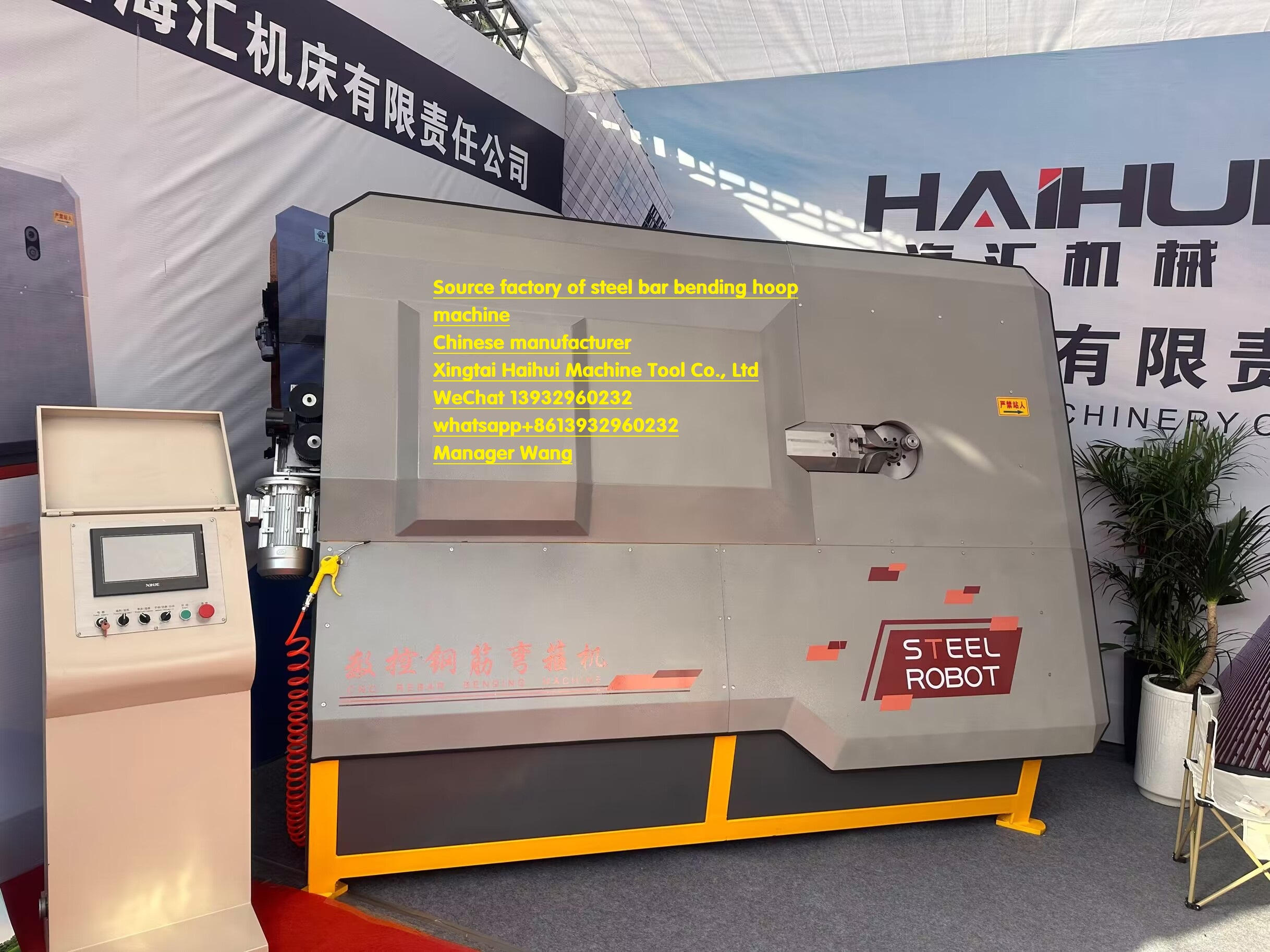In the ever-evolving landscape of construction and manufacturing, understanding the price dynamics of fully automatic steel bar bending machines is of paramount importance. These machines play a crucial role in various projects, and their prices can fluctuate based on several factors.
The technological advancements in the industry have a direct impact on the price. Newer models with enhanced features and improved efficiency often come at a higher cost. On the other hand, older or less advanced machines may be priced more competitively.

Market competition among manufacturers also influences the price dynamics. When there are many suppliers vying for customers, prices may be driven down as each company tries to offer the best deal. However, in cases where there is limited competition or a monopoly, prices might be higher.
Economic conditions, such as changes in raw material costs, labor expenses, and exchange rates, can cause significant variations in the price of these machines. For instance, an increase in the price of steel or electronic components used in the manufacturing process can lead to higher prices for the final product.
Demand and supply balance is another key factor. If the demand for fully automatic steel bar bending machines exceeds the supply, prices are likely to rise. Conversely, when supply exceeds demand, manufacturers may lower prices to attract buyers.
To master the price dynamics, it is essential to stay updated on industry news, monitor market trends, and compare prices from different sources. This knowledge empowers buyers to make informed decisions and get the best value for their investment.
Para concluir, having a firm grasp of the price dynamics of fully automatic steel bar bending machines is crucial for both businesses and individuals in the construction and manufacturing sectors. It allows for strategic purchasing and helps manage costs effectively.
